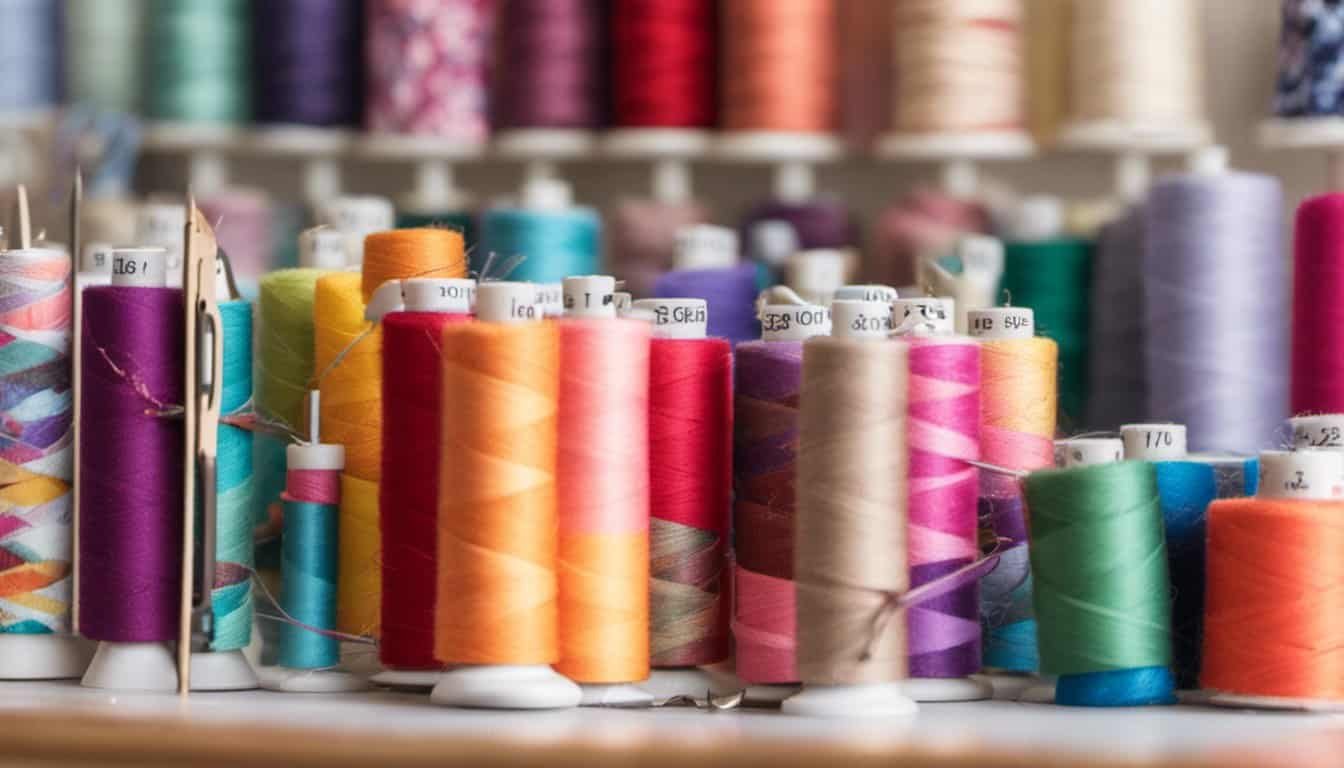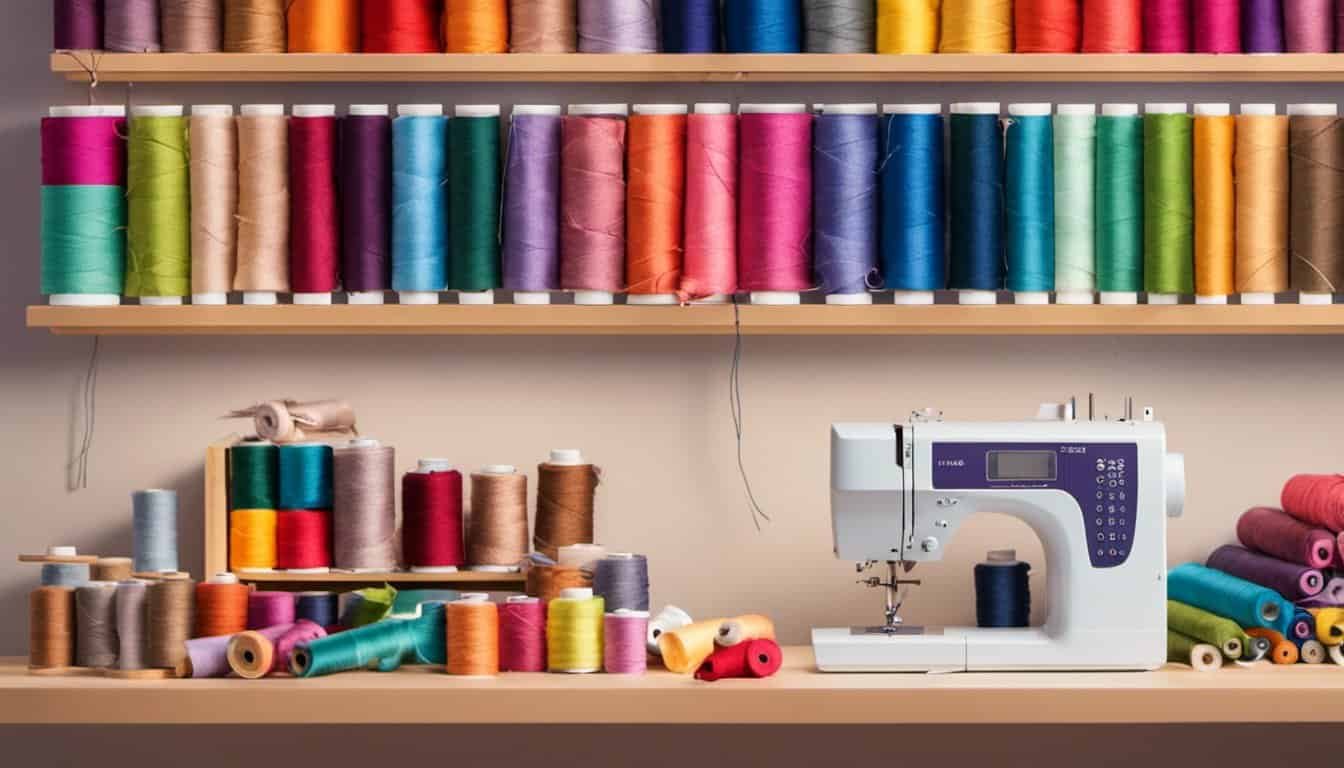Ever looked at a beautifully stitched dress or a cozy quilt and wondered if you could create something like that? You’re not alone. Many people are curious about sewing but often hesitate, thinking it might be too complicated to learn.
The truth is, sewing can be as simple or as intricate as you want it to be. Whether you’re aiming to hem a pair of pants or craft an elaborate gown, the basics are accessible to anyone willing to give it a try. So, is sewing hard? Let’s dive in and see what it really takes to master this timeless skill.
Understanding the Basics of Sewing
Sewing mixes skill, creativity, and patience. Lots of newcomers find the basics manageable with a bit of practice. This section covers common challenges and essential skills.
Challenges for Beginners
Beginners may feel overwhelmed by sewing tools and techniques. Threading a needle, selecting fabrics, and using a sewing machine present initial hurdles. For example, inserting a bobbin correctly into a sewing machine can confuse many.
Maintaining even stitches proves challenging without experience. Beginners tend to sew too fast, leading to uneven or crooked lines. Additionally, understanding pattern instructions can be daunting, as they contain specific symbols and terminology.
Accuracy is crucial. Incorrect measurements result in poorly fitting garments. Cutting fabric precisely remains a challenge, especially for larger projects requiring significant attention to detail.
The Essential Skills Needed
It’s crucial to learn basic hand sewing techniques, such as the running stitch, backstitch, and whipstitch. These stitches form the foundation for most sewing projects.
Operating a sewing machine efficiently is another essential skill. You should practice threading the machine, inserting the bobbin, and using the foot pedal to control stitch speed. Managing fabric tension ensures even, professional-looking stitches.
Measurement and cutting skills are vital. Using a tape measure correctly and making precise cuts with fabric scissors or a rotary cutter form key aspects. Pattern reading and comprehension also matter. Practicing these skills increases familiarity with symbols and instructions, improving overall project success.
Understanding fabric types helps you choose the right material. Light fabrics, like cotton, suit new sewers, while heavier fabrics, such as denim, present more difficulty. Recognizing fabric grain direction impacts how a garment drapes and fits.
By mastering these basic skills and overcoming initial challenges, you develop a solid sewing foundation.
Common Misconceptions About Sewing
Many assumptions about sewing can create unnecessary apprehension. By understanding the reality, you can approach sewing with confidence.
Is Sewing Only for the Crafty?
Contrary to popular belief, you don’t need to be inherently crafty to start sewing. Many successful sewists begin with little to no crafting experience. Even if you’ve never touched a needle, you can learn through practice and patience. Beginners can start with simple projects, like pillowcases or tote bags, to build their skills gradually. The more you practice, the more proficient you’ll become.
Does It Require Expensive Equipment?
Sewing doesn’t demand costly equipment, despite what some may think. Basic supplies, such as a needle and thread, fabric scissors, and a measuring tape, can be quite affordable. As your skills progress, you may choose to invest in a sewing machine, which can range from under $100 to several hundred dollars depending on features and brand. However, quality doesn’t always equate to high expense. Many budget-friendly options offer excellent performance for beginners. Prioritize learning techniques before investing in advanced tools.

Overcoming the Challenges of Sewing
While sewing can seem daunting at first, overcoming its challenges is both achievable and rewarding. Let’s delve into the vital steps that can help you navigate this craft efficiently.
Practice Makes Perfect
Consistent practice enhances your sewing skills over time. Start with small, manageable projects like pillowcases or tote bags. These straightforward tasks help you grasp essential techniques and build confidence. Allocate regular time for sewing sessions. Even 15 minutes daily can lead to significant improvement. Gradually, you’ll find complex patterns and stitches more approachable. Practice different fabric types so you understand their unique behaviors and characteristics.
Accessing Resources and Tutorials
Numerous resources and tutorials are available to guide you through sewing challenges. Online platforms like YouTube offer step-by-step video tutorials on various sewing techniques, from basic stitches to advanced garment construction. Websites and blogs often provide free patterns and instructional articles. Consider joining local sewing groups or online communities. These forums can be invaluable for sharing tips, getting advice, and finding motivation. Libraries also house a wealth of sewing books that cover both beginner and advanced levels.
By practicing regularly and utilizing these resources, you can overcome the initial hurdles of sewing and continue to improve your skills.
Benefits of Learning to Sew
Learning to sew offers numerous advantages that extend beyond crafting. From customizing clothing to experiencing mental benefits, sewing is a skill with practical and emotional rewards.
Custom Clothing and Repairs
« Can I Use a Sewing Machine During Periods? Discover Surprising Tips to Stay Comfortable and Productive
Here’s Why These Top-Rated Pins for Sewing Will Transform Your Projects in 2023 »
Customizing clothing is one of the top benefits of learning to sew. You can tailor store-bought items to fit your body perfectly. Adjusting hems, taking in waists, and altering sleeves become easy once you gain basic sewing skills. Creating your own unique garments is also possible, allowing your personal style to shine through.
Repairs are another crucial advantage. Instead of discarding damaged clothes, you can mend holes, replace buttons, and fix zippers. Reducing waste and saving money becomes more feasible when you can repair items instead of buying new ones.
Mental and Emotional Benefits
Sewing provides numerous mental and emotional benefits. The process requires concentration and attention to detail, which can improve your focus and cognitive skills. Completing sewing projects offers a sense of accomplishment and boosts self-esteem.
Emotional well-being is positively impacted by sewing as well. It serves as a form of creative expression, offering a therapeutic escape from daily stressors. Sewing can produce a calming effect, reducing anxiety and promoting relaxation.
Sewing with others, such as in sewing communities or classes, fosters social connections. These interactions provide support and motivation, enhancing your overall experience and progress.

Learning to sew brings both practical and emotional benefits, making it a valuable and rewarding hobby.
Conclusion
Sewing might seem daunting at first but the rewards are well worth the effort. As you get the hang of the basics you’ll find yourself enjoying the creative process more and more. Whether you’re customizing your wardrobe or simply mending a tear the sense of accomplishment is undeniable.
Remember you’re not alone on this journey. Joining sewing communities or classes can provide the support and motivation you need. Plus you’ll make new friends who share your passion. So grab your needle and thread and start stitching your way to a fulfilling and enjoyable hobby.

















